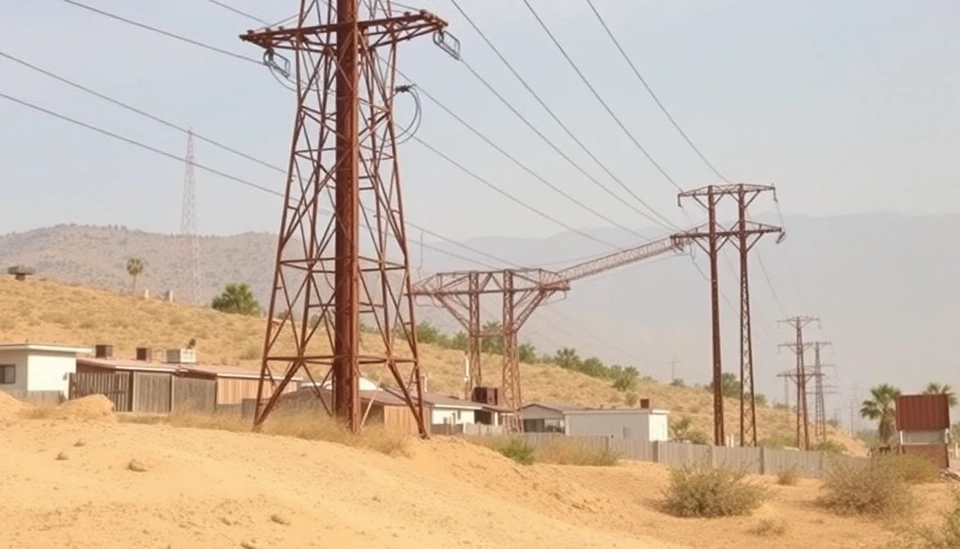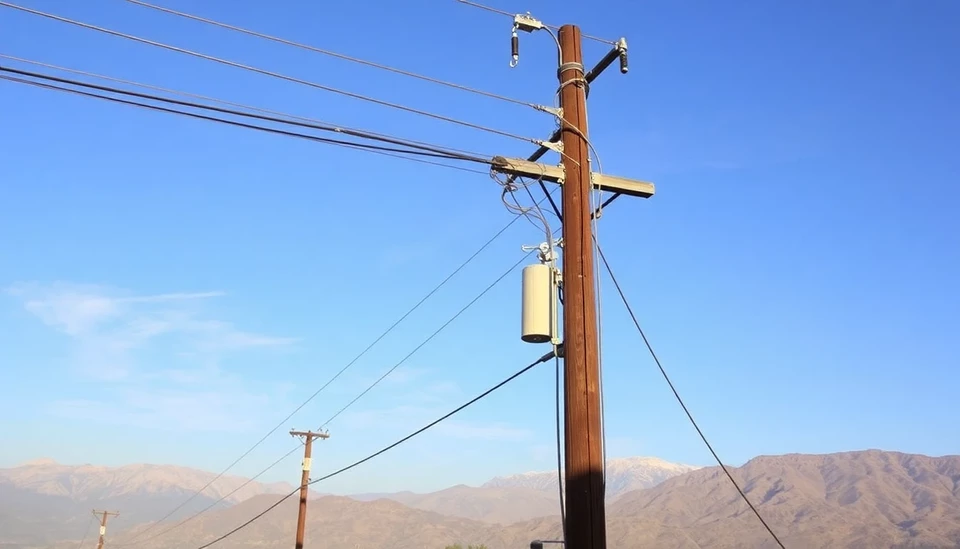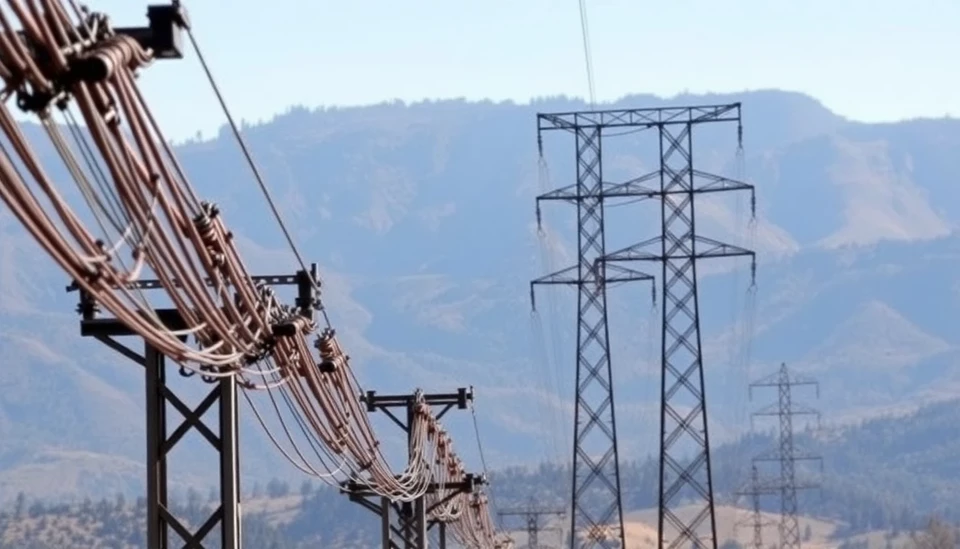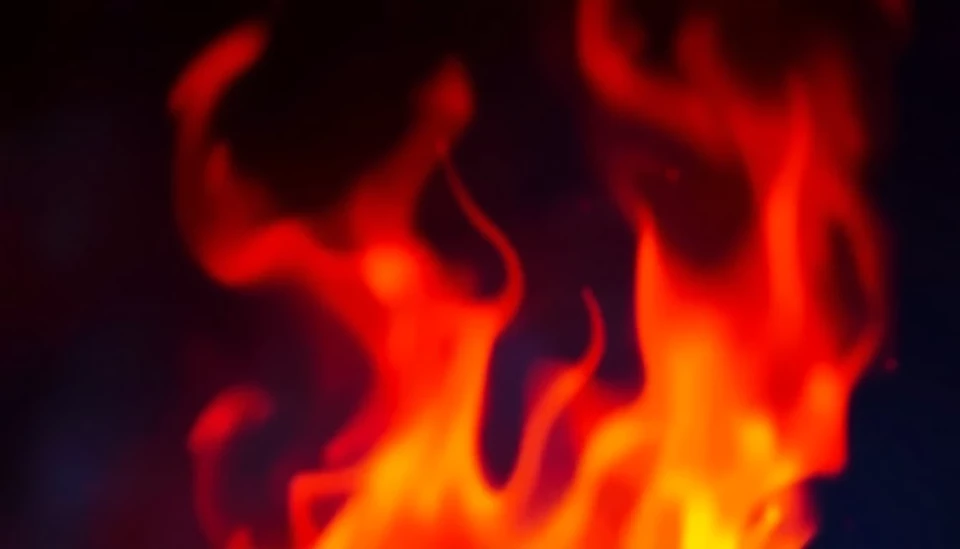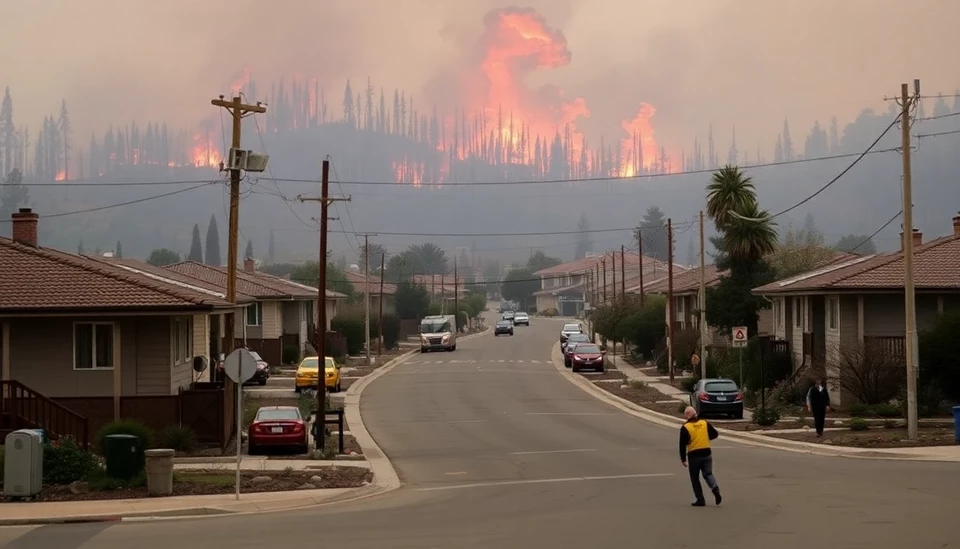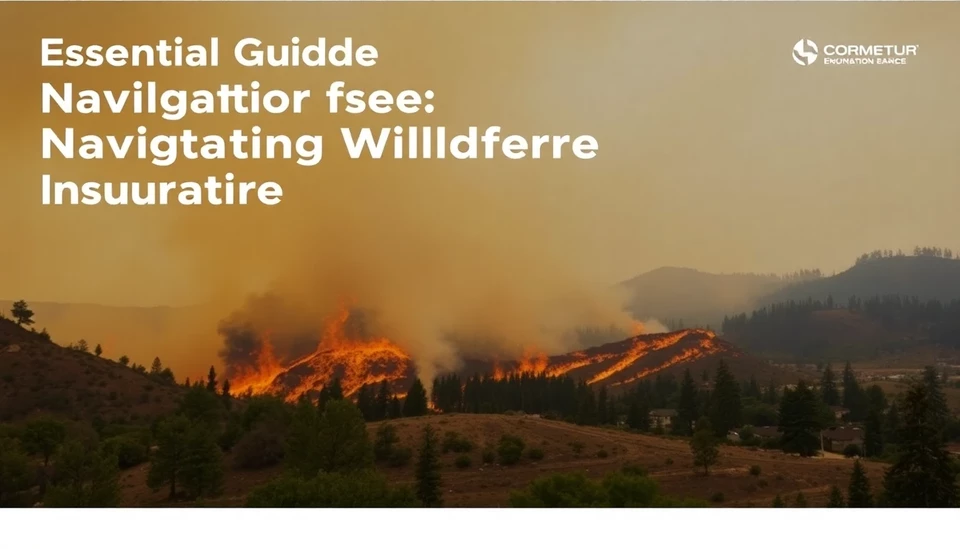
As California faces an alarming rise in wildfire incidents, many residents are grappling with the complexities of filing insurance claims amidst devastating property losses. With fires ravaging landscapes and communities, understanding the intricacies of wildfire insurance claims has never been more critical for homeowners affected by these unpredictable natural disasters.
Recent statistics reveal that the frequency and intensity of wildfires in California have surged, prompting thousands to seek assistance from their insurance providers. However, filing a claim can be a daunting task, fraught with challenges that can complicate the recovery process. With many insurance policies varying widely in terms of coverage and exclusions, it’s imperative for policyholders to be well-informed before proceeding.
For those who have already suffered losses due to the current fires, there are several key steps to ensure a successful claim process. First and foremost, documentation is crucial. Homeowners should meticulously record any damage through photographs and videos, which serve as vital evidence when filing a claim. Additionally, keeping a detailed log of lost items, including receipts, can significantly aid in the valuation of losses.
Another critical component is understanding the type of coverage held. Many policies include separate clauses for wildfires, and understanding whether you have comprehensive fire coverage or just basic homeowner's insurance is essential. Policyholders are encouraged to review their policy documents carefully or consult with their insurance agents for clarity on their specific coverage, limitations, and any necessary endorsements related to wildfire damage.
Moreover, policyholders should be aware of the time-sensitive nature of filing claims. Insurers often set deadlines for reporting damages, typically ranging from days to weeks following the event. This timeline can vary based on the insurer, so reaching out promptly is advised. Subsequently, keeping lines of communication open with the claims adjuster can facilitate a smoother claims process.
It’s also worth noting that insurance companies are required to respond promptly once a claim is filed. Understanding settlement options and the potential for negotiation can empower homeowners. If claims denials occur, policyholders have the right to appeal and should not hesitate to seek legal counsel if needed.
In light of the serious nature of wildfires, residents are further encouraged to consider upgrading their policies in the future, particularly in high-risk areas. Investing in additional coverage or endorsements can provide an extra layer of protection against losses in the event of another wildfire. Consulting with insurance professionals can help tailor a policy that best meets individual needs in an evolving climate landscape.
As the impact of wildfires continues to escalate, awareness about wildfire insurance claims is crucial for safeguarding homes and communities. California families facing the aftermath of such disasters must seek out all available resources and remain proactive in their recovery efforts.
In conclusion, navigating the wildfire insurance claims process can be intricate, yet with adequate preparation, diligent documentation, and understanding of one's insurance policy, policyholders can significantly improve their chances of recovering losses. The ongoing fires serve as a solemn reminder of the importance of preparedness in our increasingly unpredictable environment.
#CaliforniaWildfires #InsuranceClaims #WildfireRecovery #HomeownerInsurance #NaturalDisasterPreparedness
Author: Peter Collins
